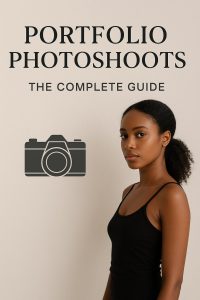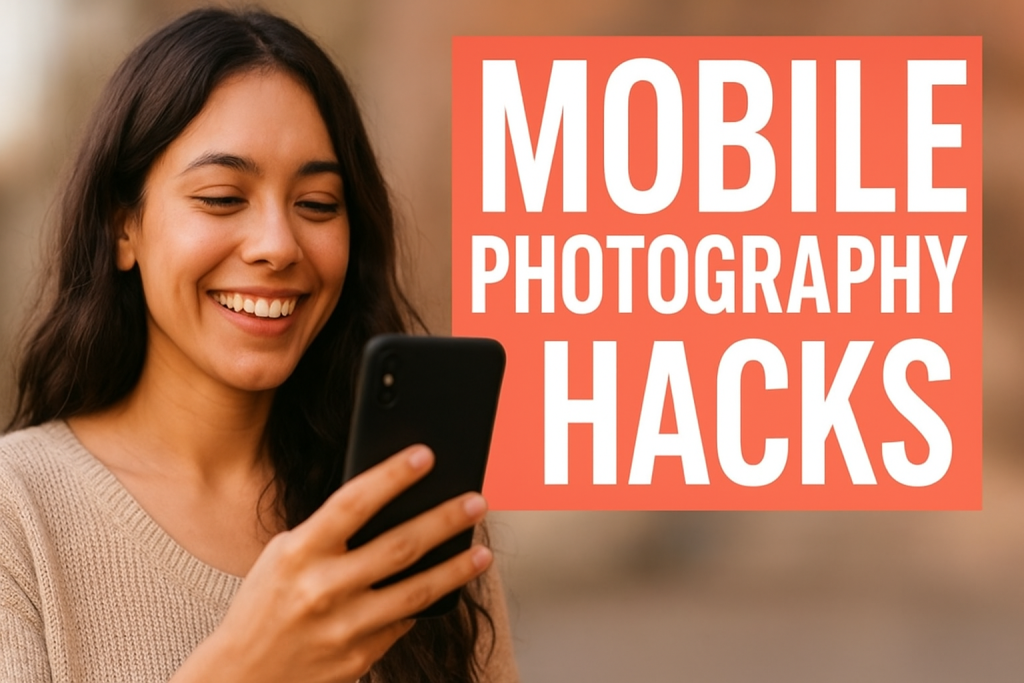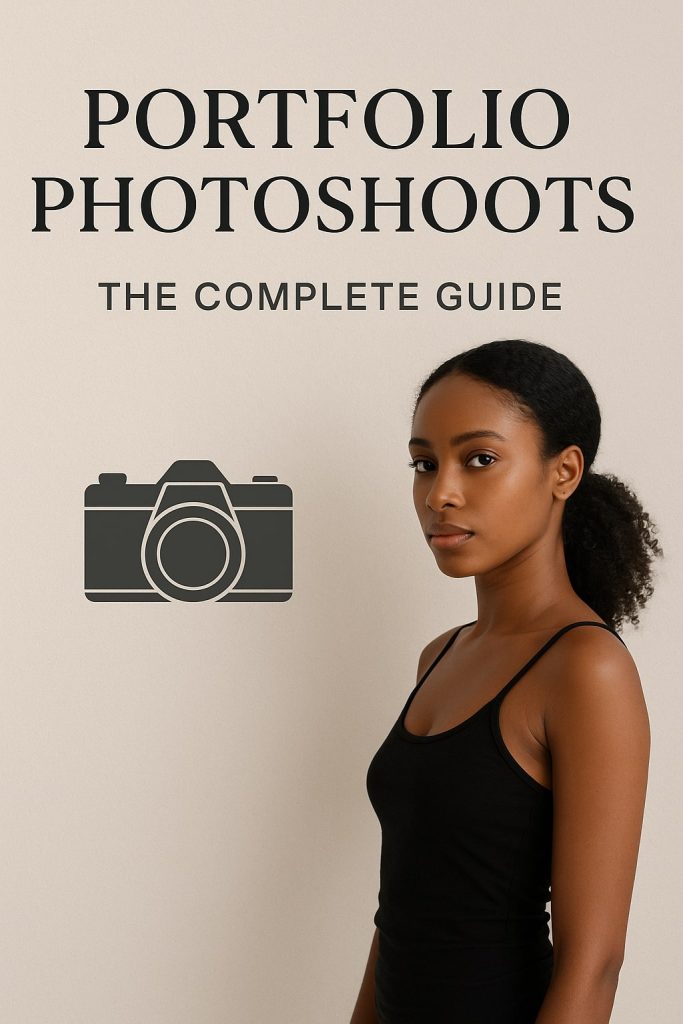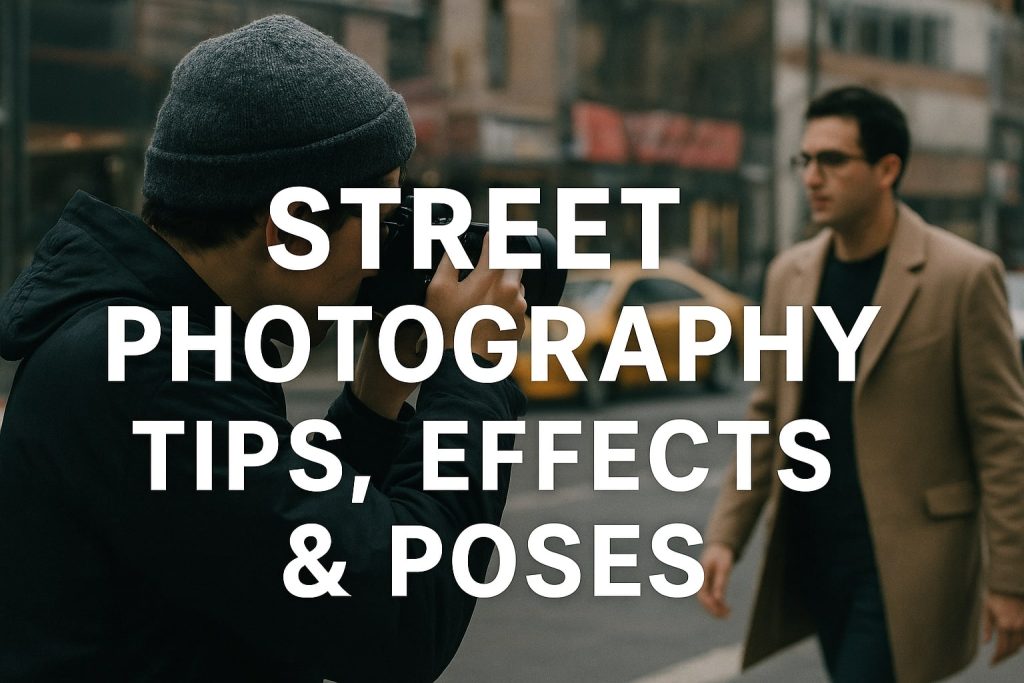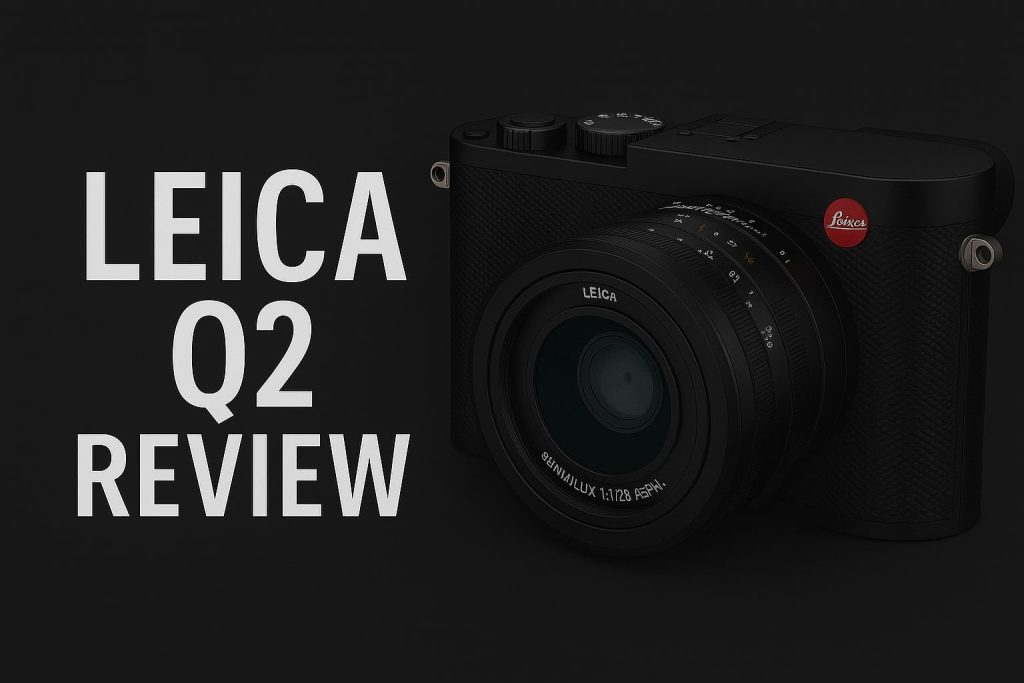In the world of eCommerce and product marketing, high-quality imagery is crucial for attracting customers. Blurry, dark, or unprofessional images can make even the best products look unappealing. Enter Lightbox Photography—a game-changing technique that allows photographers to create crisp, clean, and professional-looking product shots with ease.
This guide will walk you through the essentials of Lightbox Photography, covering everything from setting up your equipment to refining your final images. Whether you’re a beginner or an experienced photographer, mastering this technique will elevate your product photography game.
What is Lightbox Photography?
Lightbox Photography involves using a small, enclosed photography box with diffused lighting to create shadow-free and evenly lit product images. A lightbox, also known as a photo tent or light tent, eliminates harsh reflections, making it perfect for photographing small to medium-sized objects like jewelry, cosmetics, gadgets, and food.
Why Use a Lightbox?
- Even Lighting – Soft, diffused lighting eliminates shadows and highlights product details.
- Controlled Environment – Reduces external light interference and reflections.
- Consistent Backgrounds – Ensures clean, uniform backgrounds for professional product images.
- Minimal Post-Processing – Requires less editing due to well-balanced lighting.
Choosing the Right Lightbox for Product Photography
Selecting the right lightbox depends on product size, lighting options, and portability. Consider the following factors before making a purchase:
1. Size & Dimensions
- Small (12×12 inches): Ideal for jewelry, accessories, and small gadgets.
- Medium (16×16 inches): Suitable for cosmetics, footwear, and small kitchen appliances.
- Large (24×24 inches and above): Perfect for handbags, larger gadgets, and bulkier products.
2. Built-in vs. External Lighting
- Built-in LED Lightboxes: Convenient for beginners, providing consistent lighting.
- External Lighting Setup: Allows more flexibility in adjusting brightness and positioning.
3. Portability & Storage
- Foldable or collapsible lightboxes are great for home studios with limited space.
4. Background Options
- Ensure the lightbox comes with multiple interchangeable backgrounds (white, black, gray, or textured) for versatile photography styles.
Essential Equipment for Lightbox Photography
1. Camera & Lens
- DSLR or Mirrorless Cameras (e.g., Canon EOS R5, Sony A7 IV, Nikon Z6 II)
- Prime Lens (50mm or 100mm Macro) for sharp details
- Zoom Lens (24-70mm) for flexibility
2. Tripod
- A sturdy tripod prevents camera shake and ensures consistency across shots.
3. Lighting
- LED Light Panels with adjustable brightness and color temperature.
- Ring Lights for uniform lighting.
4. Reflectors & Diffusers
- Helps control and soften harsh lighting for a professional look.
Setting Up Your Lightbox for Perfect Product Shots
1. Position the Lightbox
- Place it on a stable surface with enough room to adjust lighting angles.
2. Set Up Lighting
- Use two light sources (left & right) for even illumination.
- Adjust intensity and position to eliminate unwanted reflections.
3. Choose the Right Background
- White for a clean, minimalistic look.
- Black for a luxurious and dramatic effect.
- Colored or textured backgrounds to match branding aesthetics.
4. Position the Product Correctly
- Center the product in the lightbox.
- Use props if needed for elevation or rotation.
Best Camera Settings for Lightbox Photography
Getting the right camera settings is crucial for capturing sharp, high-quality product shots.
Recommended Camera Settings:
- ISO: 100-200 (for minimal noise)
- Aperture: f/8 to f/11 (ensures deep depth of field)
- Shutter Speed: 1/125s – 1/200s (prevents motion blur)
- White Balance: Adjust manually or use Auto WB
- Focus Mode: Manual focus for precise sharpness
Editing & Post-Processing Techniques
Even with perfect lighting, minor adjustments in post-processing can enhance image quality.
Editing Tools:
- Adobe Lightroom & Photoshop for color correction, exposure balance, and background cleanup.
- Remove Background Tools (e.g., Canva, Remove.bg) for clean, isolated product images.
- Sharpening & Noise Reduction to improve clarity.
Essential Editing Steps:
- Adjust brightness, contrast, and exposure.
- Fine-tune color accuracy using white balance tools.
- Remove imperfections and enhance product texture.
- Export images in high resolution (300 DPI) for eCommerce use.
Common Lightbox Photography Mistakes & How to Fix Them
1. Uneven Lighting
- Solution: Adjust light angles or add extra diffusers.
2. Harsh Shadows
- Solution: Increase light diffusion or reposition the product.
3. Reflections on Glossy Products
- Solution: Use polarizing filters or shift light angles.
4. Blurry Images
- Solution: Always use a tripod and manual focus for sharp results.
Conclusion: Mastering Lightbox Photography for Stunning Product Images
Mastering Lightbox Photography transforms your product shots into professional, high-converting images. With the right setup, camera settings, and post-processing techniques, you can achieve crisp, clean, and captivating visuals that enhance your brand’s credibility.
Whether you’re a small business owner, eCommerce seller, or photography enthusiast, incorporating a lightbox into your workflow will elevate your product photography game. Experiment with different lighting, backgrounds, and editing styles to create eye-catching visuals that stand out online.
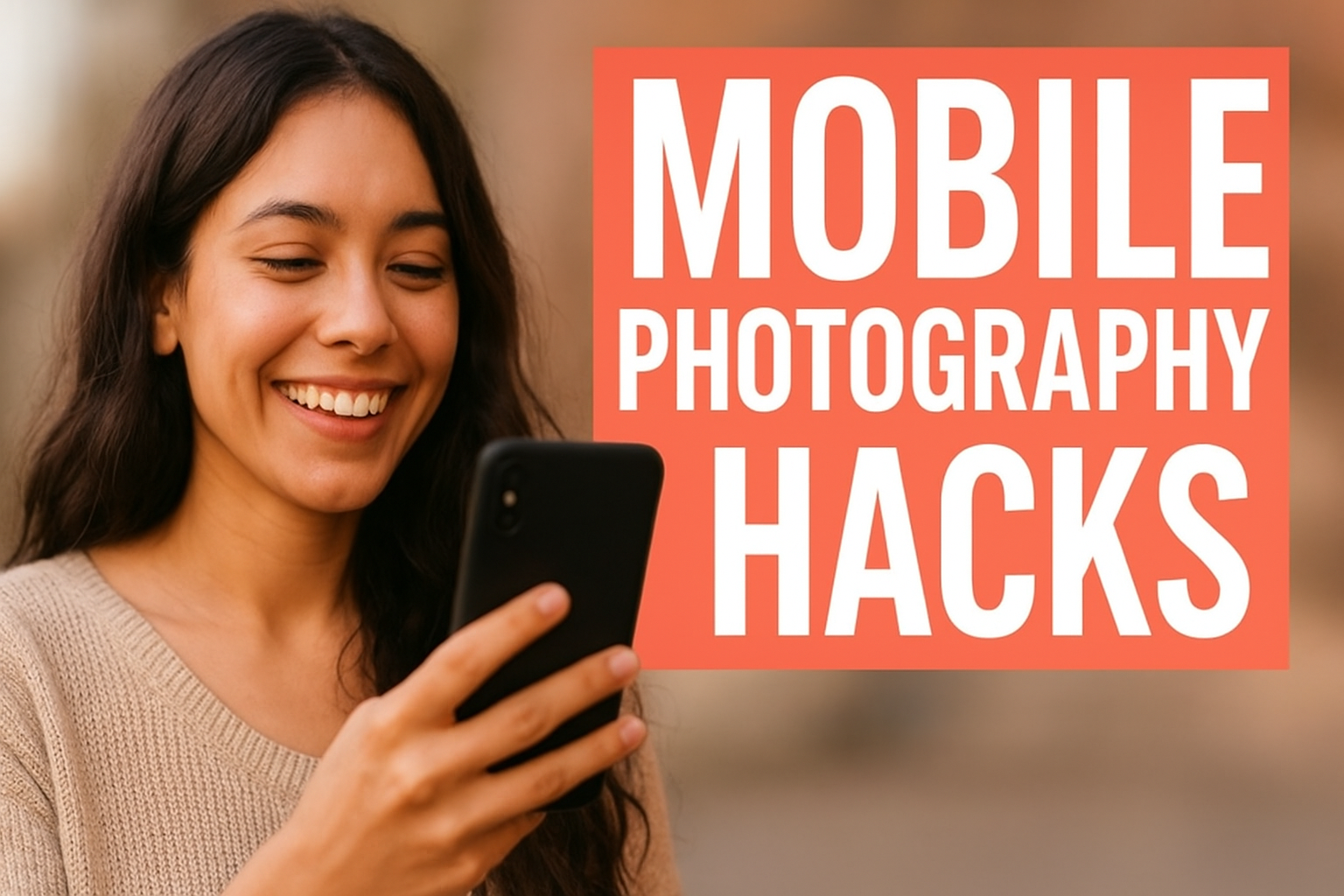
Mobile Photography Hacks: Candid Moments with Your Phone
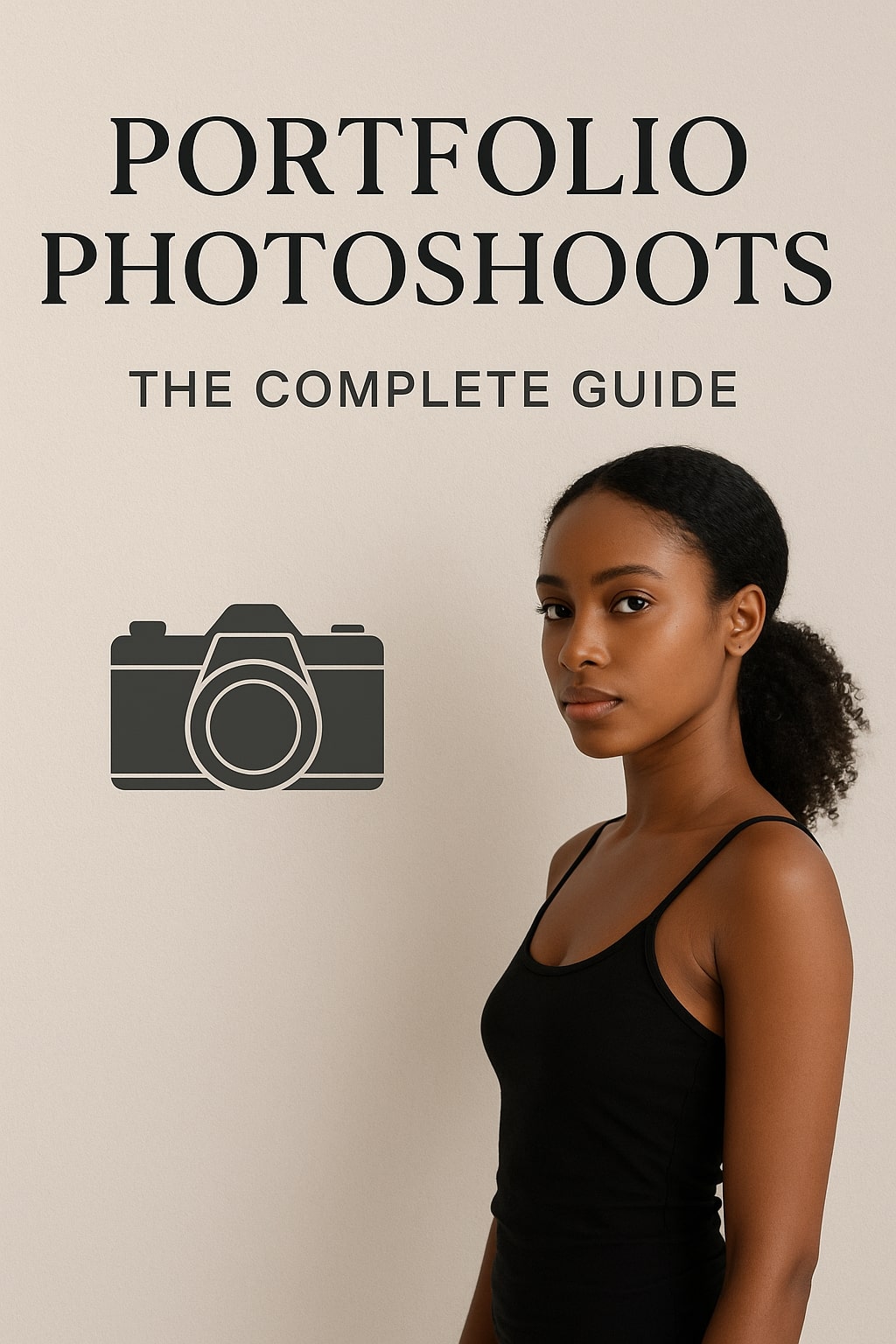
Professional Model & Portfolio Photoshoots: Show Your Best Work
-
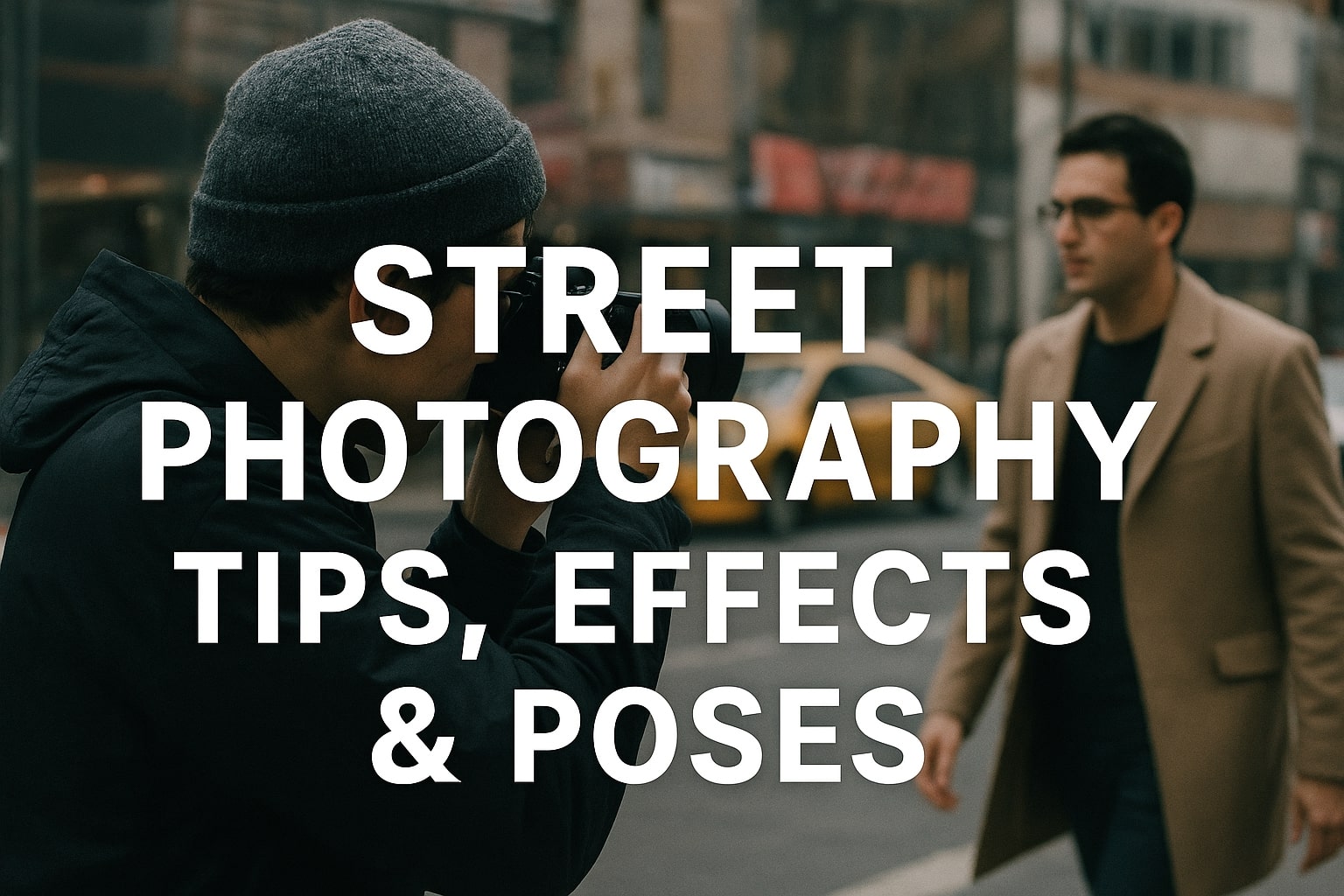
Street Photography Tips, Effects & Poses – Complete Guide
-
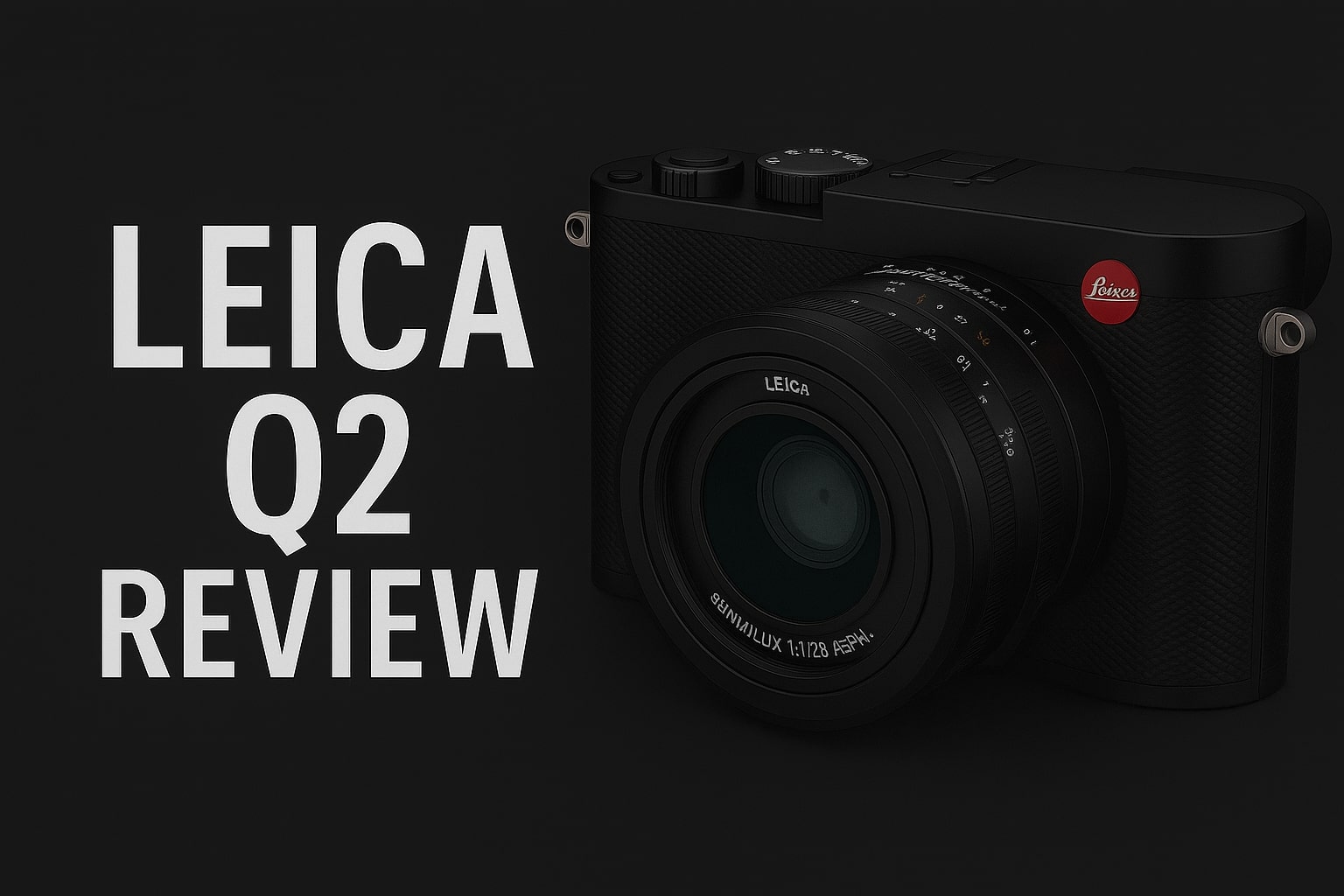
Leica Q2 for Photography: Why It’s Loved by Photographers
Mobile Photography Hacks: Candid Moments with Your Phone
Discover high-impact mobile photography hacks to capture genuine, gorgeous candid moments with your phone. Learn practical tips, composition secrets, and pro techniques to turn everyday scenes into stunning visual stories. Introduction: The New Age of Mobile Photography Photography has evolved beyond heavy cameras, technical jargon, and expensive equipment. Today, the power to capture extraordinary moments
Professional Model & Portfolio Photoshoots: Show Your Best Work
” Discover how to plan, style, and execute stunning portfolio photoshoots that showcase your skills, personality, and versatility. This comprehensive guide covers professional tips, posing ideas, gear suggestions, and industry insights for models and photographers.” Introduction – Why Portfolio Photoshoots Are the Cornerstone of a Photographer’s Career A well-crafted portfolio photoshoot is more than a
Street Photography Tips, Effects & Poses – Complete Guide
Discover the ultimate guide to Street Photography with expert tips, creative effects, and dynamic poses. Learn how to capture authentic urban moments, master composition, and tell powerful visual stories through your lens. Article Outline 1. Introduction to Street Photography Street Photography is more than just taking pictures of people in public spaces — it’s about
Leica Q2 for Photography: Why It’s Loved by Photographers
Introduction: The Cult Status of the Leica Q2 The Leica Q2 is not just a camera—it’s a statement. Combining the heritage of German precision engineering with modern digital excellence, it holds a special place in the hearts of professional and passionate photographers alike. With its full-frame sensor, prime Summilux lens, and minimalist design, the Q2
Top Cameras Under ₹1 Lakh for Freelance Photography
Freelance photography is no longer a niche—it’s a booming creative profession that demands not only vision and hustle but also the right gear. Your camera isn’t just a tool; it’s your storytelling partner. If you’re a freelance photographer aiming to balance performance, versatility, and budget, investing in a cameras under ₹1 lakh can offer the
Top Features of Nikon D850 That Make It Ideal for Photoshoots
Explore the top features of the Nikon D850 that make it a powerhouse for photoshoots. From exceptional resolution to dynamic range, this detailed Nikon D850 guide is built for professional and aspiring photographers. 1. Introduction When Nikon launched the D850, it quickly earned a reputation as a flagship DSLR that redefined what photographers could expect


